Ballymurphy inquest: Army chaplain 'discussed ceasefire'
- Published
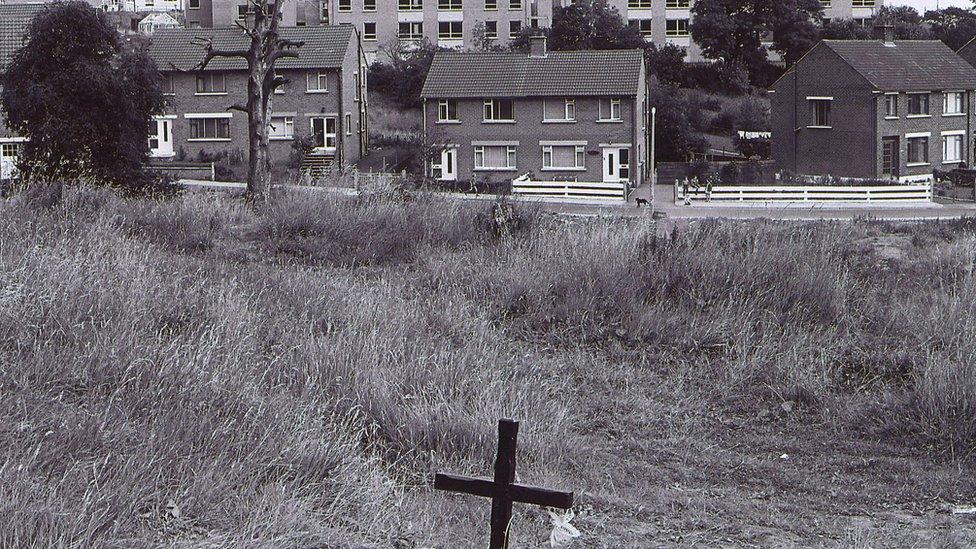
The shootings occurred in the Ballymurphy area amid disturbances sparked by the introduction of internment without trial in Northern Ireland
A former chaplain in the Parachute Regiment has told the Ballymurphy inquest he discussed a ceasefire with a local Catholic priest.
Soldier M118 was an Anglican chaplain to 2 Para in August 1971, during the time of the Ballymurphy shootings.
He gave evidence anonymously, screened from the public gallery.
The inquest is looking into the shooting dead of 10 people in the Ballymurphy area of west Belfast in August 1971.
The shootings occurred amid disturbances sparked by the introduction of internment without trial in Northern Ireland.
There were two chaplains in 2 Para, the other was a Catholic priest.
M118 told the court he drove with the battalion commander, Lt Col Geoffrey Howlett, to Vere Foster School in the hours immediately after the shootings outside Henry Taggart Hall, part of the same compound.
He said he did not believe he entered Henry Taggart hall, and had been unaware that there were dead and wounded inside it.
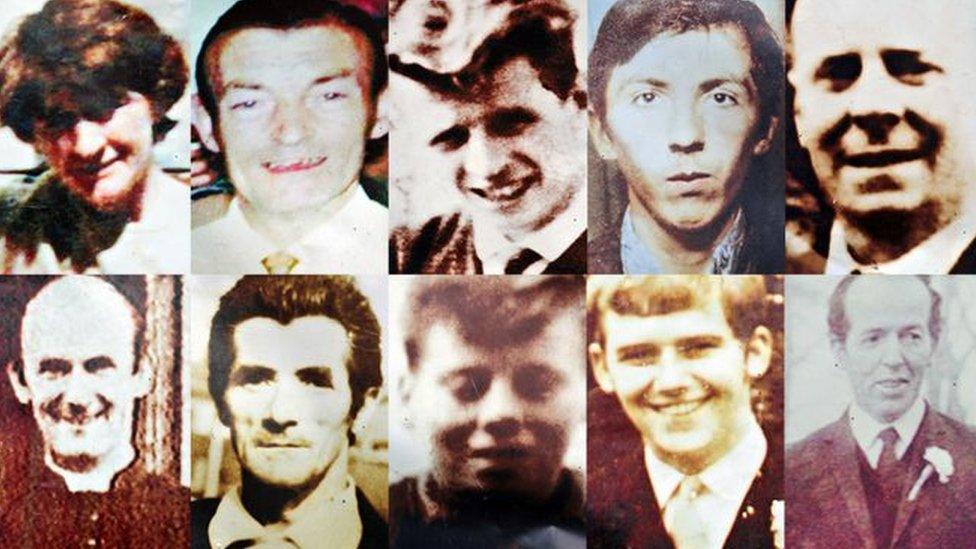
Ten people were killed in the shootings
He said he remembered seeing two people sitting outside with what he thought were minor injures, and arranged for them to see a medic.
But M118 told the court he did remember taking a phone call from a local civilian Catholic priest who was asking for a ceasefire.
He recalled that the shooting had already stopped by this stage, but that he had been told by a soldier at the base that gunmen had originally started things by opening fire on the Army.
M118 said he explained this to the priest who hung up.
A note taken by the Historical Enquiries Team in 2011 recorded that he had told one of their investigators that he had said to the priest: "How can I call a ceasefire when it's your chaps that are doing most of the firing?"
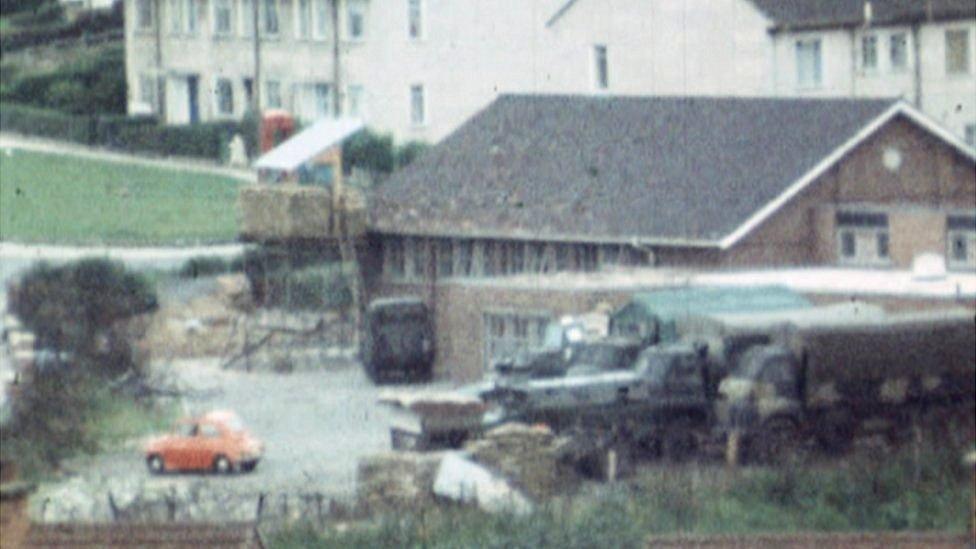
Soldiers from the Parachute Regiment were based at Henry Taggart Army base
The inquest has previously heard evidence that a priest rang the base twice asking for shooting to be stopped in a different area, at Springfield Park.
M118 did not believe those conversations were with him.
'Never felt so exposed'
He also remembered being asked to look for a soldier who had last been seen on the flat roof of one of the buildings in the base.
The soldier was later located safely, but the chaplain had already gone onto the roof to look for him.
"I never felt so exposed in my life," he wrote in a letter to the coroners service.
A barrister for two of the families asked if M118 had heard about allegations from another witness to the inquest that an Army chaplain had openly taken part in abuse of the wounded in Henry Taggart Hall.
M118 told the court: "I have heard this, I have reason to disbelieve it."
'You are wrong'
Another barrister suggested that the chaplain's evidence of not seeing the wounded was largely made-up.
"Why would I make it up?" asked M118.
"You want to distance yourself from the wounded and bodies you saw in Henry Taggart Hall," the barrister replied.
"You are wrong," said M118.
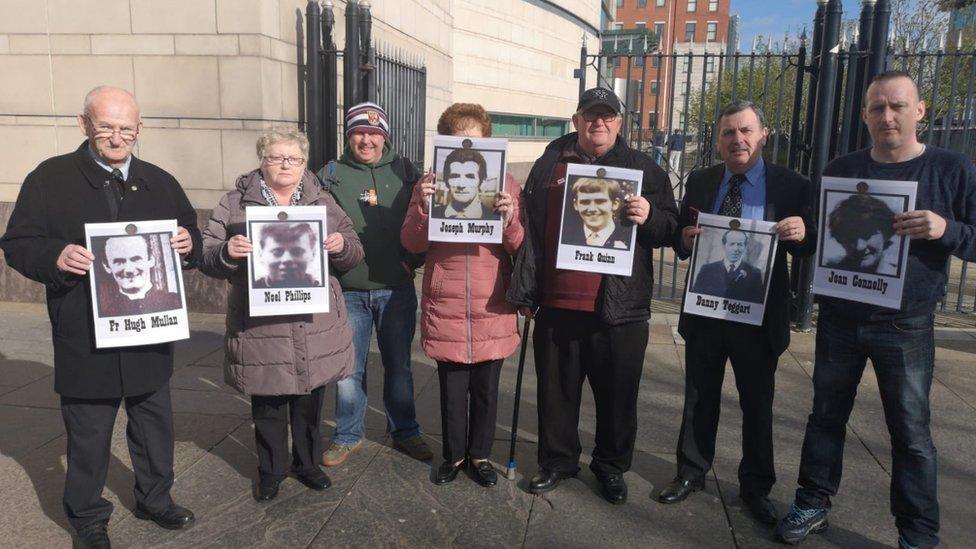
Relatives of some of the victims
The inquest has also heard other evidence that a chaplain at the Henry Taggart hall stepped in to prevent abuse of the wounded by soldiers.
M118 said that wasn't him.
Earlier a different soldier, M156, gave evidence briefly about observing a soldier struck with a ricochet from a bullet fired at the Vere Foster School on that same evening, 9 August 1971.
M156 had applied for anonymity and last week he indicated he wanted full screening in court.
However, he eventually gave evidence screened from the public gallery but visible by one representative from each of the victims' families, seated opposite him in the jury box.
He described how the bullet had come through a window, hit the metal frame of a mirror and then struck soldier M910 on the shoulder, inflicting a flesh wound.
M156 conceded that stories he had later heard of a civilian woman being shot after she had picked up a machine gun outside the base, were hearsay.
- Published2 April 2019

- Published25 February 2019
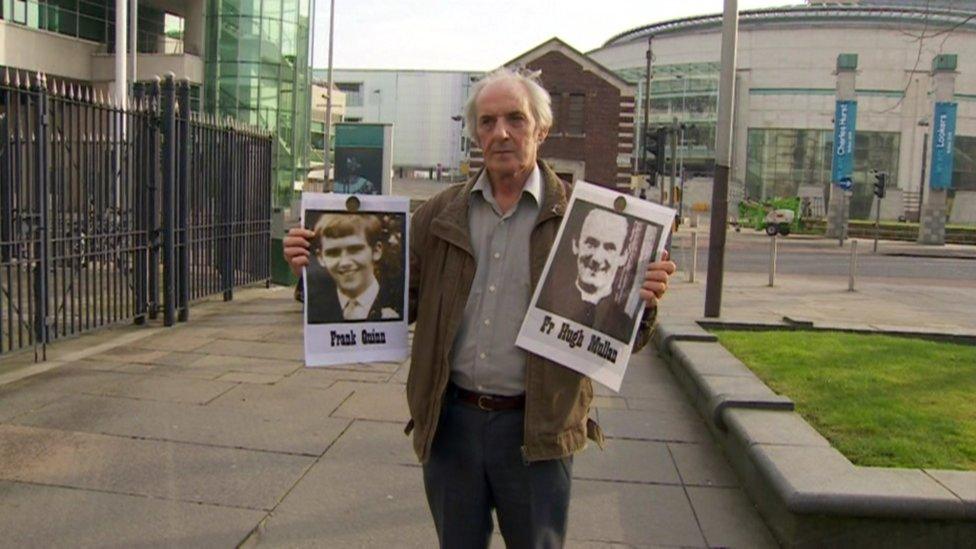
- Published14 February 2019
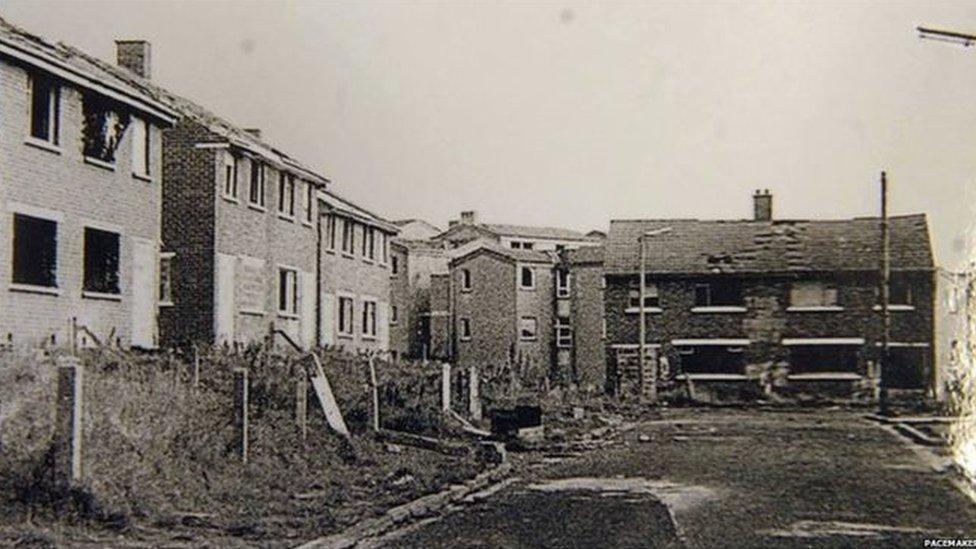
- Published13 February 2019
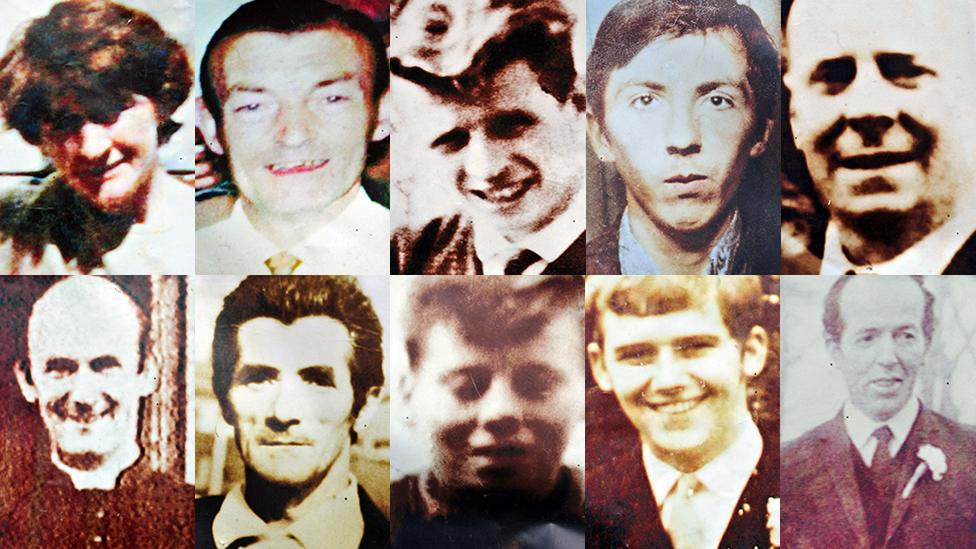
- Published12 February 2019
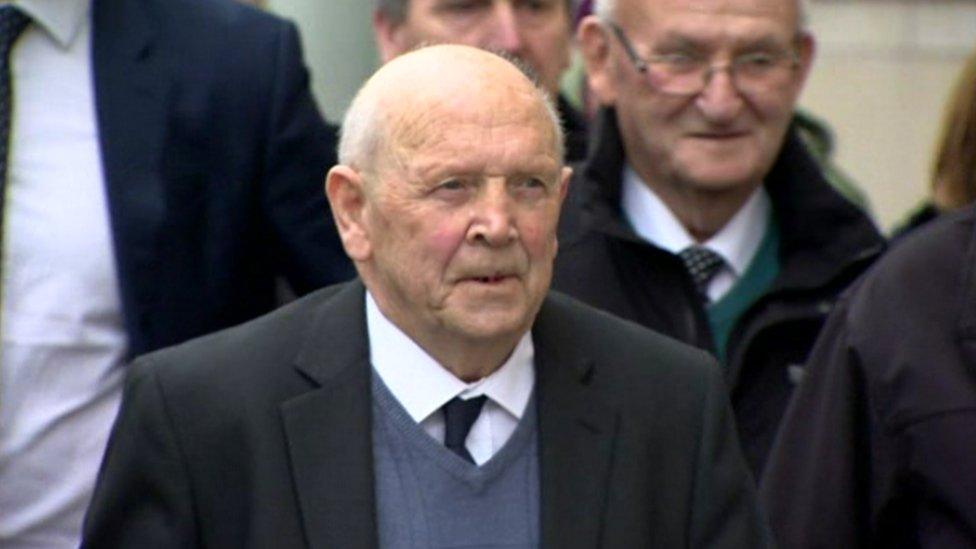
- Published11 May 2021
